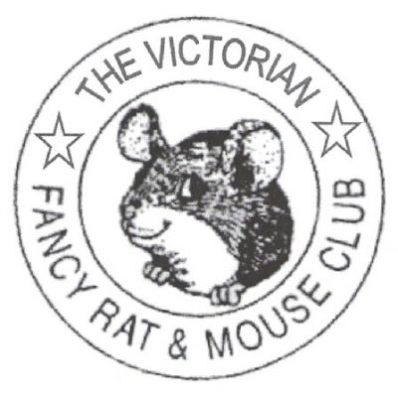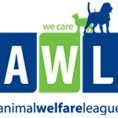About The Pet Directory
As the largest pet directory in Australia, this is the place to be seen!
The Pet Directory is lightning fast, and has years of authority in the pet industry. This platform has a high domain authority, allowing you to list your business on a reputable platform that is well known to Google. This giant site gives your business a much needed boost and it has everything your pet needs, all in one place!
Pet Owners
The Pet Directory is a one-stop shop where you can either find your ideal pet, or cater to your pet's every need. If you are searching for a dog groomer, vet, pet-sitting service, training class, rare or exotic breed, pet accessories, and so much more - this is where you will locate it.
Pet Breeders
Allow The Pet Directory to amplify your voice on the internet. Our website authority means that pet breeder pages rank very well in the search results. This allows people who are searching for your puppies, kittens, birds, fish, or other pets to connect with you through your listing and classifieds on the Pet Directory.
Pet Businesses
The Pet Directory helps connect pet industry businesses with pet owners. Let people know about events, jobs, services for pets, classified ads, sales of all things pet related, and more. We can also help with website design and maintenance for your pet venture.

Pet Directory Services
Directory ListingsOur directory has listings covering everything you could ever need for any pet, large or small. Become part of Australia's largest Pet Directory by listing your service or requirements today.
Adopt a Pet
If you have a forever home to offer a pet, you will find one here. These animals and birds - from private owners and sanctuaries - are waiting for you to give them the tender, loving care they deserve.
Pet Classifieds
The Pet Directory connects buyers and sellers of all things pet related. From the common to the obscure, you'll find it listed here.
Lost & Found Pets
Despite our best efforts, sometimes our pets wander, or fly, off and become lost. With reach across all Australia, The Pet Directory helps reunite missing pets with their families. Pet Jobs If you are seeking a job or have a vacancy for a pet-related career - from sales, to veterinarians, to animal carers, and more - you can find or list them here.
Pet Events
List your pet event, horse or dog show, meetup, etc on this page, and we will also broadcast it to our community through our Facebook page!
Articles
Inform and educate yourself about your pet, by reading our articles on breeding, feeding, lifespans, holistic care, and much, much more.
Advertising for Pet Businesses
The Pet Directory offers a range of advertising solutions for your pet-related business. Increase your exposure today by selecting one of our packages.
Pet Competitions
The Pet Directory offers Pet Product competitions. Enter a pet competition to win prizes for you and your pets.
Other Pet Business and Pet Service Boosters
The Pet Directory provides 'add ons' for our advertisers, such as promotion through our FaceBook page, the opportunity to write featured articles for The Pet Directory, professional websites, and technical support for your website.
The Australian Pet Directory - Helping you find pets and pet products and services across Australia. In Sydney, Melbourne, Brisbane, Perth, Adelaide, Darwin, Hobart, and more.





